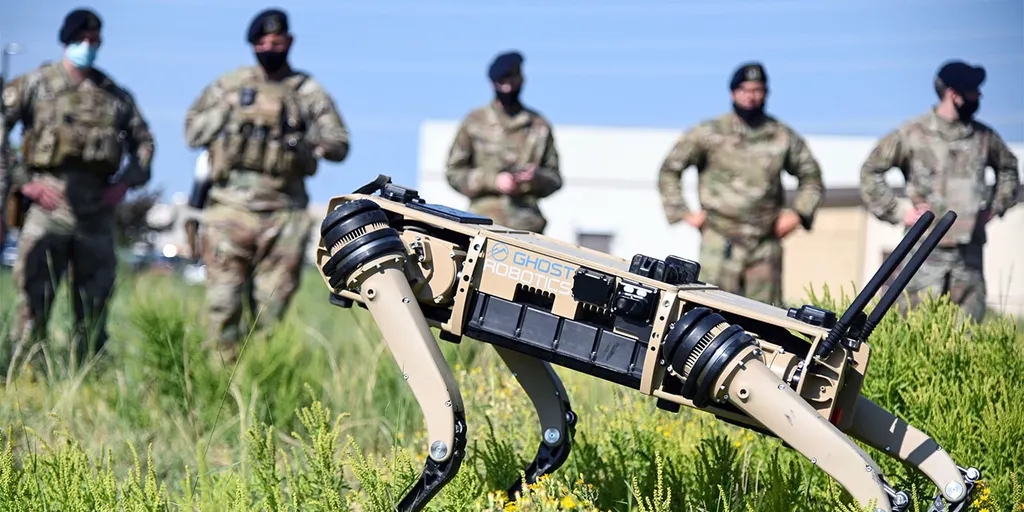
The use of robots in the military has come a long way from the early days of bomb-disposal robots. Today, robots are used for a wide range of tasks, from reconnaissance to combat. In this 5000-word article, we will explore the various ways in which robots are used in the military and the impact they have had on modern warfare.
Introduction: The Rise of Military Robots
Military robots have been used by the United States military since the 1990s. However, it wasn’t until the early 2000s that their use became widespread. The wars in Afghanistan and Iraq saw the deployment of many different types of military robots, including drones, ground robots, and bomb-disposal robots.
Reconnaissance Robots
One of the primary uses of robots in the military is for reconnaissance. Reconnaissance robots are used to gather information about the enemy’s location, movements, and capabilities. These robots are equipped with sensors and cameras that allow them to see and hear what is happening in the environment around them.
Reconnaissance robots come in many different forms. Some are small and agile, able to navigate through tight spaces and transmit information back to their operators. Others are larger and more robust, able to traverse rough terrain and carry heavy payloads.
Combat Robots
Another way in which robots are used in the military is for combat. Combat robots are designed to engage the enemy directly, either by firing weapons or by using other means to disable enemy forces.
One of the most well-known combat robots is the drone. Drones are unmanned aerial vehicles that can be remotely piloted or operated autonomously. They are used for a wide range of missions, including surveillance, reconnaissance, and targeted strikes.
Ground robots are also used for combat. These robots can be equipped with weapons or used to transport soldiers and supplies. They are particularly useful in urban warfare, where they can navigate through the tight spaces of buildings and provide cover for soldiers.
Logistics Robots
Logistics robots are used to transport supplies and equipment across the battlefield. These robots can be autonomous or remotely operated and are designed to carry heavy payloads.
One example of a logistics robot is the Legged Squad Support System (LS3), developed by Boston Dynamics. The LS3 is a four-legged robot that can carry up to 400 pounds of equipment. It is designed to follow soldiers across rough terrain, providing them with the supplies they need to complete their missions.
Bomb-Disposal Robots
Bomb-disposal robots are used to identify and dispose of explosive devices. These robots are equipped with sensors and cameras that allow them to locate bombs and other explosive devices. They can also be equipped with tools to disable or detonate these devices from a safe distance.
Bomb-disposal robots have saved countless lives by allowing bomb technicians to safely dispose of explosive devices without putting themselves in harm’s way.
Conclusion: The Future of Military Robots
The use of robots in the military is only going to increase in the coming years. As technology advances, robots will become more capable and versatile, allowing them to take on even more complex tasks.
However, the use of robots in warfare raises ethical and moral questions. As robots become more autonomous, who is responsible for their actions? How do we ensure that robots are used in a way that is consistent with international law and human rights?
These are questions that we must grapple with as we move forward into a world where robots play an increasingly important role in military operations.
Email- contact@devopsschool.com

 Starting: 1st of Every Month
Starting: 1st of Every Month  +91 8409492687
+91 8409492687  Contact@DevOpsSchool.com
Contact@DevOpsSchool.com
